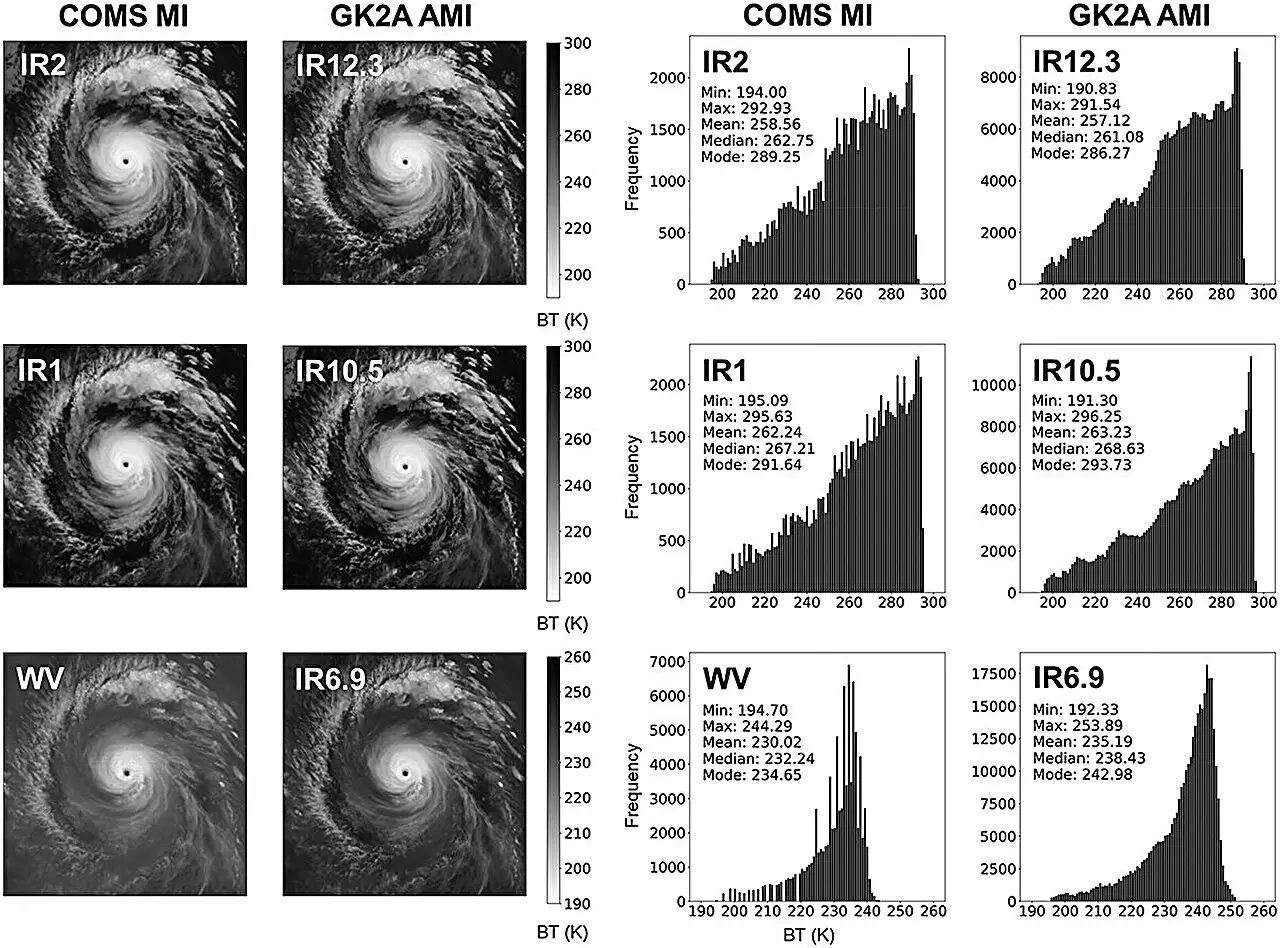In the realm of climate change, predicting typhoons has become increasingly challenging. Traditional methods of forecasting rely on geostationary satellite data analyzed by forecasters, which can be time-consuming and uncertain. However, a team of researchers led by Professor Jungho Im at UNIST has developed a groundbreaking technology that leverages real-time satellite data and deep learning capabilities to predict typhoons with unprecedented accuracy.
The research team introduced the Hybrid-Convolutional Neural Networks (Hybrid-CNN) model, which combines geostationary weather satellite data and numerical model data in real-time. This innovative approach effectively integrates satellite-based spatial characteristics and numerical prediction model outputs to forecast tropical cyclone (TC) intensity with lead times of 24, 48, and 72 hours. By reducing uncertainty associated with numerical models, the Hybrid-CNN model provides more precise and reliable typhoon forecasting.
To enhance the accuracy of typhoon intensity estimation, the research team utilized transfer learning models with data from the Communication, Ocean, and Meteorological Satellite (COMS) and the GEO-KOMPSAT-2A (GK2A). By visually and quantitatively analyzing the automatic typhoon intensity estimation process, the AI technology can extract environmental factors affecting changes in TC intensity. This enables forecasters to make more informed decisions and improve the overall accuracy of typhoon forecasts.
Benefits for Disaster Preparedness
The development of this technology is expected to have significant implications for disaster preparedness and damage prevention. By providing quick and accurate typhoon information to forecasters, this advanced prediction model can help authorities and communities to take proactive measures in response to impending typhoons. The ability to objectively extract and apply environmental factors affecting TC intensity further enhances the predictive capabilities of the technology.
The integration of deep learning capabilities and real-time satellite data represents a major advancement in the field of typhoon prediction. The Hybrid-CNN model developed by Professor Jungho Im and his team at UNIST offers a more precise and reliable method for forecasting typhoons, with the potential to revolutionize disaster preparedness efforts. By leveraging cutting-edge technology, researchers are paving the way for more accurate and timely predictions of tropical cyclones, ultimately leading to better outcomes for at-risk communities.


Leave a Reply